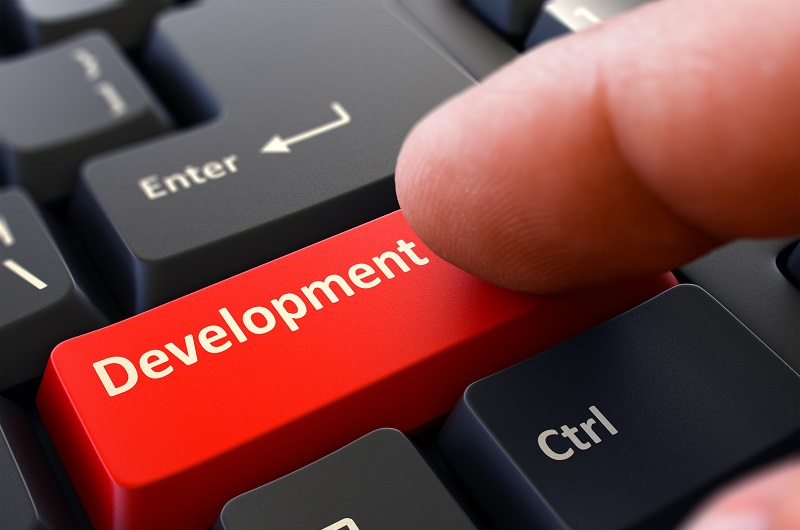Did you know that the vast majority of young people in Latin America and the Caribbean have high aspirations and expectations about their education and dream work? Not only do they think that they will be able to finish higher education, but they are also practically sure that they will get the job they want. However, these aspirations are at odds with the educational coverage and conditions of the labor markets of the countries of the region and also with some characteristics showing young people themselves.
In the book Millennials in Latin America: work or study? We have seen that they present deficiencies that could compromise the possibility of achieving their dreams (in particular, basic cognitive skills, knowledge of English and information on salary returns to education). In addition, they face restrictions on access to relevant and quality education, and a highly informal labor market threatened by new technologies. How can public policies take advantage of the great potential of millennials and the other generations that will come?
Low-cost interventions for education and dream work
There are several interventions that seek to promote investment in the education of young people and facilitate their passage to the labor market, but not all have had a positive effect and many of them have a high implementation cost. Within low-cost interventions, providing information on education and employment has proven to be a successful mechanism. For example, providing information to young people and their families about salary returns at various levels of education increases the probability of returning to school the following year, increases school attendance and generates a positive impact on performance.
Other studies also provide information on requirements, eligibility and access to financing mechanisms, finding reductions in school absenteeism and effects on the programs chosen by the students, making them more adjusted to their preferences of higher quality or with higher expected income. Other interventions provide information on job offers, training opportunities, income and working conditions in the locality, increasing the probability of reaching the highest grades of the school system and graduating from tertiary education, reducing the probability of unemployment at the start of the race employment and raising the duration of first employment.
Within low-cost interventions, providing information on education and dream work has proven to be a successful mechanism.
The second type of intervention seeks to change the attitudes and beliefs of young people, based on the evidence that the brain is a plastic organ that responds to exercise, and that, therefore, can be modified through study and practice. A successful example of these interventions is to show this evidence to students (in a language appropriate to their age) and ask them to use that learning to explain to others the new scientific knowledge they have acquired. These interventions are not only cheap to implement but also generate significant impacts (e.g. on the results of standardized tests in math and language or reducing the gender gap).
A second type of intervention seeks to change the attitudes and beliefs of young people.
A third type of intervention aims to modify the aspirations of young people, through the models to be followed. Exposing young people to individuals of similar family and social origin who have been successful at work may alter their interest in educating themselves, showing them that someone like them can achieve their dream work. These interventions can be complemented by those that provide information on how to reach their goals. For example, an intervention in which students from the University of Bristol (in England) gave talks about their university experience in public secondary schools managed to raise the interest of students to enter higher education and their probability of application.
Exposing young people to individuals of similar family and social origin who have been successful at work may alter their interest in educating themselves, showing them that someone like them can achieve their dreams.
What to do then to help young people achieve their dream work?
There is a broad set of policy options for countries in the region to take advantage of the resources available to young people. On the one hand, there are the interventions that we discussed in the book Millennials in Latin America: work or study? And aim to improve access to the skills development system (through scholarships, subsidies and childcare centers, among others).
The quality and relevance of the training and job orientation and information are very good. On the other hand, there are the low-cost interventions discussed in this article and compiled in our study Accompanying young people in education and dream work: what works and what does not? Developing the great potential of young people in Latin America and the Caribbean will require combining both types of interventions, taking into account the context and the specific needs of each country.






